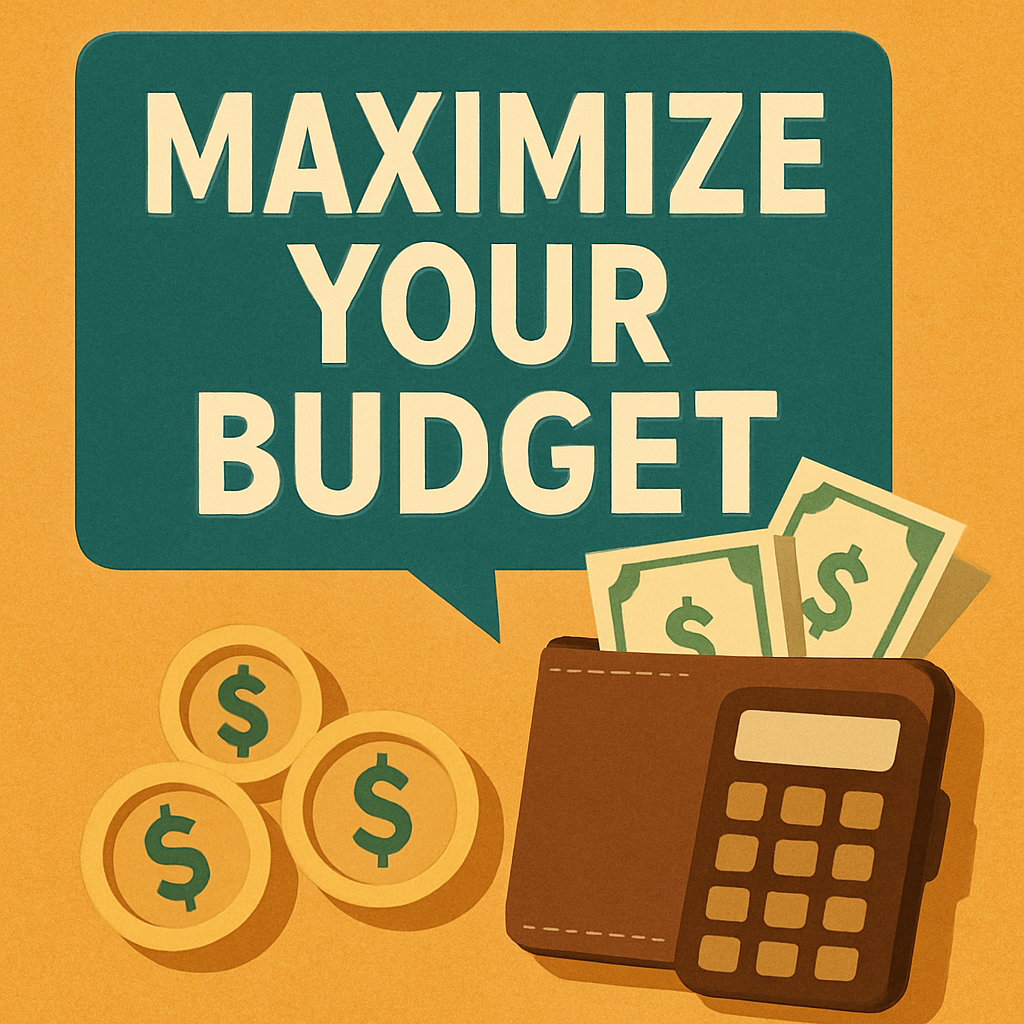Like most marketing agencies, we attend several industry and client events throughout the year. Each event offers unique opportunities for thought leadership, networking, and lead generation. However, generating new business from events has always been a struggle. Historically, here's how it would go. We would secure some great speaking opportunities, meet some great contacts, and have really productive conversations. But the challenges we faced came in moving beyond conversations and into engagements.
The sales cycle from an introduction at an event to a phone call or meeting and from a call or meeting to a proposal and close was simply too long, and the conversion rates weren’t where they needed to be. A lot of the times, we’d learn through the sales cycle that, while our new contact was a huge fan and very much interested in working with us, they weren’t the real decision maker. We needed to find a new way to approach events, a new way to make the most of our participation. As HubSpot partners, we decided to take what we were learning on the inbound marketing side and apply that to events. The result? We closed one new client at our very next event, generated $50,000 in sales from that client, and reduced our sales cycle by half! How’d we do it?
Step 1: We cross referenced companies who were visiting our website against a list of trade show attendees.
First, I visited the conference website, which gave a list of attendees at the event. I then used Twitter to compile a list of people using the event hashtag.
After compiling what became a massive list of event attendee companies into a spreadsheet, I used the "Prospecting" feature in Sidekick for Business, a premium add-on to the free HubSpot CRM, that showed companies who were visiting our website:

I exported that data into a spreadsheet and cross referenced (1) companies that visited our website against (2) companies that would be at the trade show. Companies who matched this criteria became my #1 priority since I knew they had at least heard of us before and had some level of awareness.
Most prospecting tools help you to find companies that are a good fit. But they ignore one critical element -- are they interested in your business? The Prospecting tool within Sidekick for Business allows you to not only find people who are a good fit, but those that are interested. This helps more marketers and sales professionals like myself more quickly and accurately narrow prospects to qualified leads:

See this explanation of the Inbound Prospecting Matrix in more detail here.
Step 2: Prioritize leads based on website activity.
Once you have a lead list of companies that are (1) a good fit and (2) have visited your website, you’ll want to prioritize that list.
I sorted our lead list by the number of page views a company had made to our website. A company that visited our site multiple times OR had visited multiple pages on our site was prioritized higher than one that had only visited once. Those who had visited the most were, obviously, my main focus, as I could assume they’d be more interested in a discussion, further along in the sales cycle, and hopefully, down the road, most likely to close.
I then crossed referenced my prioritized list against the type of page views companies had made so I could create some correlation between how interested the company might be (i.e., pageviews) and what services or solutions they might be interested in (i.e., multi-channel marketing vs. augmented reality).
In the end, I had narrowed down my massive list to only the 10-15 companies that appeared most interested and most likely to close, and I had a good idea of what to talk them about, what examples to reference, and what samples to bring.
Step 3: Research goals and challenges of those 10-15 companies.
With my nice solid list of 10-15, it was time now to dig into their businesses further. I used online data from their websites, blogs, social media pages, social media profiles of relevant employees, etc., to discover what I could about the current state of each business, its recent activities, and probable objectives and challenges.
This would allow me to personalize my introduction to and approach with each prospect at the event, demonstrate my understanding of their company, and build rapport more quickly.
As I prepared my research and plans for the event, one particular company really began to stand out. They had visited many pages on our website, the topics they had been looking at on were great conversation starters, and they were doing a lot of new and innovative stuff in their marketing. I could see a number of great opportunities to help them build on current initiatives and solve some challenges. This company would be our main priority at the trade show!
Step 4: Meet the company in person at the event.
With my new knowledge in hand, I arrived at the trade show eager to find and introduce myself to this target company. I walked the trade show floor for a bit to get my bearings and then made my way to their booth.
I introduced myself and our company and unlike the hundreds of other people she might encounter at the event, I wasn’t a random stranger. She had heard of us and remembered our website and specific capabilities. I talked to her about the activities I had seen her company was up to in my research and complimented her on all of the exciting things they were doing from a marketing perspective. I asked open-ended questions around the anticipated goals and challenges I discovered in the initial research, and I demonstrated a genuine interest in her and her business.
Doing some careful prospecting and my homework before the trade show made the introduction and subsequent conversation so much easier than at past events. We were able to build rapport in a more organic way and eliminated that “Hi! My name is X and I’m here to sell you Y” feeling we often get in these situations. I left the booth with a solid new lead and a commitment to continuing our conversation further. Victory!
Step 5: Follow up after the event to continue the conversation.
Of course, continuing the conversation starts with timely and relevant follow up. And I didn’t waste any time. I wasn’t going to let the positive experience we had at the booth fade from memory, which so often happens at events, where we meet with and talk to so many different people in the day.
I sent a follow-up email that evening, as soon as I returned to my hotel room. It went something like this:
Hi Ms. Prospect,
I hope you had a great rest of the week at the ACME Expo and your travels back were uneventful.
I really enjoyed having the chance to meet with you to learn more about what Your Company has to offer in the Industry space -- a growing area of focus for our customers -- and to introduce you to our agency and the work we've been doing with augmented reality and mobile marketing.
I wanted to follow up with you to see if we could take you up on your offer to introduce us to the folks on your marketing team. I know you mentioned there are a lot of things you're working to update, and I'm thinking that with the launch of your new app, strategies for integrating print and mobile to increase the value of both is a timely conversation for us to explore.
Please let me know what we can do or provide as a next step to help you make the appropriate introductions. Perhaps we can line up an introductory call within the next week or so to get the discussion started.
Thank you again for your time at the Expo. I’m looking forward to speaking with you and your team again soon.
Emilee

The Outcome
After this email, we secured a phone call with the contact and the rest of her marketing team. Within the two weeks that followed that call, we closed our first engagement and had proposals out for several subsequent projects which we also secured and delivered on in the weeks in the weeks after the event. The result?
We closed $50,000 worth of projects in a matter of days -- not weeks or months as is often the sales cycle with a new prospect.
Why do I believe this deal closed so fluidly?
By doing the right kind of research up front, I could present a customized solution straight from the start because I already had an understanding of their challenges and opportunities. As a result I could dive into their real needs from the beginning. My focus wasn’t pitching -- it was on listening and helping.
At the crux of it all was the Inbound Prospecting methodology I followed. I’ll summarize by illustrating how I used to think about trade show prospecting, versus how I do now:

Guest Blogger: Emilee Christianson - Hubspot. View the entire blog post on their site at: http://blog.hubspot.com/sales/inbound-prospecting-how-we-made-50000-at-one-event






